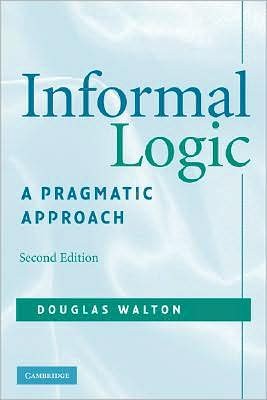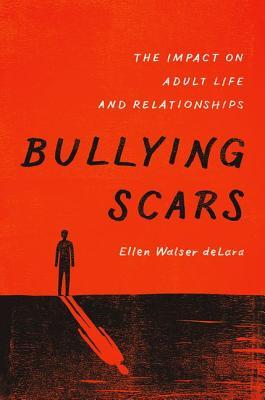metascribe quoted Females by Andrea Long Chu (Verso Pamphlets)
[ . . .] the SCUM Manifesto already advanced the thesis that men are already female to begin with. [ . . . ] In fact, she suggests the entire history of human civilization consists of man's sublimated attempts to fulfill his repressed desire to "complete himself to become female." On its own, this claim might provide the basis for a formidable theory of gender, but Valerie adds another wrinkle. The traditional division of male and female traits--brave, assertive men and weak, dependent women--is an enormous scam perpetrated by men. In truth, the opposite is the case: women are cool, forceful, dynamic and decisive, while it is men who are vain, frivolous, shallow and weak. The male has done a "brilliant job," Valerie admits, "of convincing millions of women that men are women and women are men."
The irony here is that Solanas is proposing the annihilation of the male sex on the basis of some of the very things for which men have historically maligned women: vanity, submission, narcissistic anxiety, and most of all sexual passivity.
— Females by Andrea Long Chu (Verso Pamphlets) (Page 10)
Solanas of course, from my vague recall of her SCUM Manifesto, was in many ways quite biologizing of this inversion of the psychodnyamic gender drama, wherein men are incomplete version of an essence of the human, such essence rooted in the biological precession of the female developmental trajectory, and also was in many ways had an assessment of the patriarchy as conspiracy. It is not surprising that the work ends up taking on a genocidal or eugenic tone overall.
However, there is the narrative that Solanas crafts in her work, and then there is how her work encounters the reality principle. While often described as a feminist work, even though it is unclear whether Valerie Solanas would have labeled it as such herself, the thesis of her work takes for granted sets of character judgments that are attached to particular ways of being in the world, to performing, to finding …
Solanas of course, from my vague recall of her SCUM Manifesto, was in many ways quite biologizing of this inversion of the psychodnyamic gender drama, wherein men are incomplete version of an essence of the human, such essence rooted in the biological precession of the female developmental trajectory, and also was in many ways had an assessment of the patriarchy as conspiracy. It is not surprising that the work ends up taking on a genocidal or eugenic tone overall.
However, there is the narrative that Solanas crafts in her work, and then there is how her work encounters the reality principle. While often described as a feminist work, even though it is unclear whether Valerie Solanas would have labeled it as such herself, the thesis of her work takes for granted sets of character judgments that are attached to particular ways of being in the world, to performing, to finding one's place in, and most of all, coping in or with the world, while retaining a possibility of success for those needs--even wants--which start with a rooted desire. Instead of inverting the poles of men and women gender-wise through a swapping or alteration of their situations and circumstances, Solanas abstracts the set of character judgments that themselves permeate the cultural landfill of gender and its self-fulfilling prophecies, and performs the inversion by inverting those character judgments, stereotypes or traits themselves. The swapping of circumstances that proceeds later is only a side-effect, and response to, this initial inversion. In this way, while the genocidal fantasy Solanas writes is pro-women, the narrative's necessary real-world presupposition for it to even be able exist is misogyny. Without misogyny, the dream of the women as the self-enclosed completeness and purity of the human for which all else serves and seeks, would not be able to function. Without the systems of meaning provided by the patriarchy itself, Solanas' narrative would lack intelligibility.
Yet, it seems preposterous to assume Solanas had no level of awareness about this predicament, if she can in such explicit terms acknowledge how patriarchy as such could convince a woman of its own character judgments regarding her and her kind. That observation, is, after all, about misogyny. It seems that Solanas' thinking then is not a result of naivete about the misogyny operative within her work, but rather it shows misogyny to be the horizon or limit of her imaginary. I would claim that this "misogynistic horizon of the imaginary" would likely be seen in feminists that historically have not taken such apparently extreme positions as Solanas as well. It would certainly explain a lot of phenomena that we see up to today, especially in the conflicts within feminism today regarding trans people (though, ironically, Solanas herself, I suspect, would have been more ambivalent on this today compared to a TERF given her "program").












